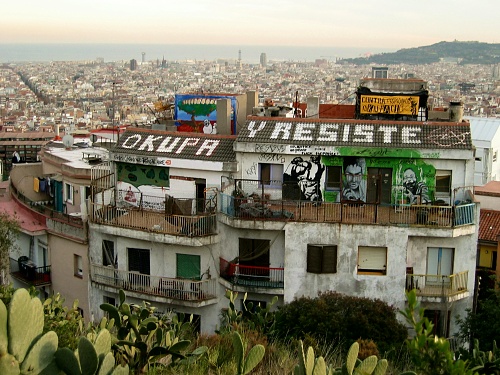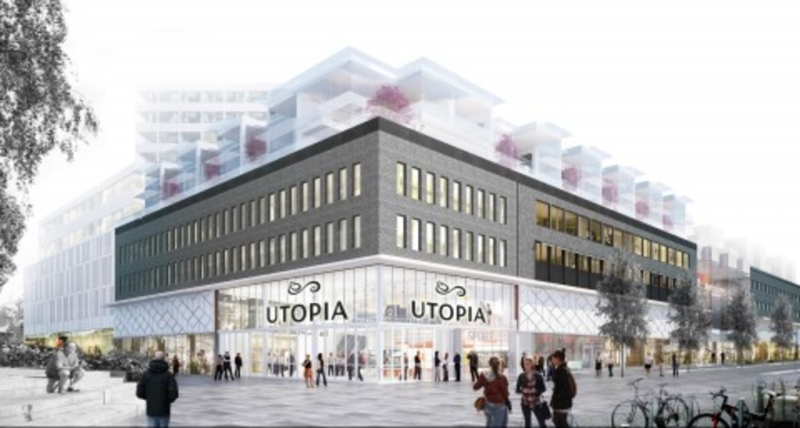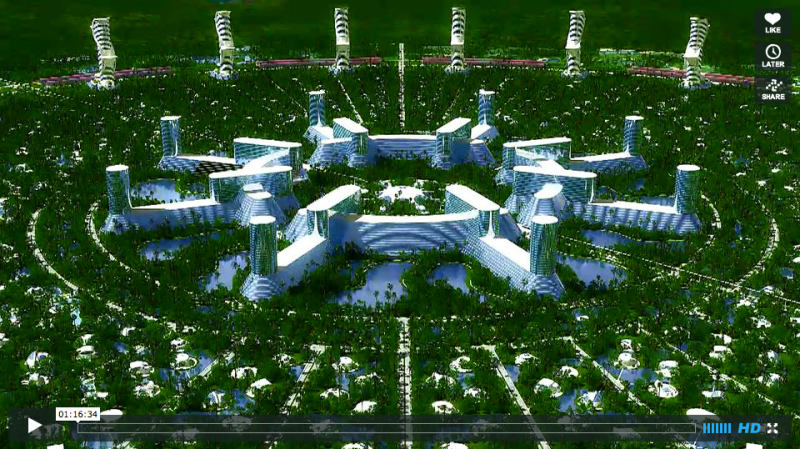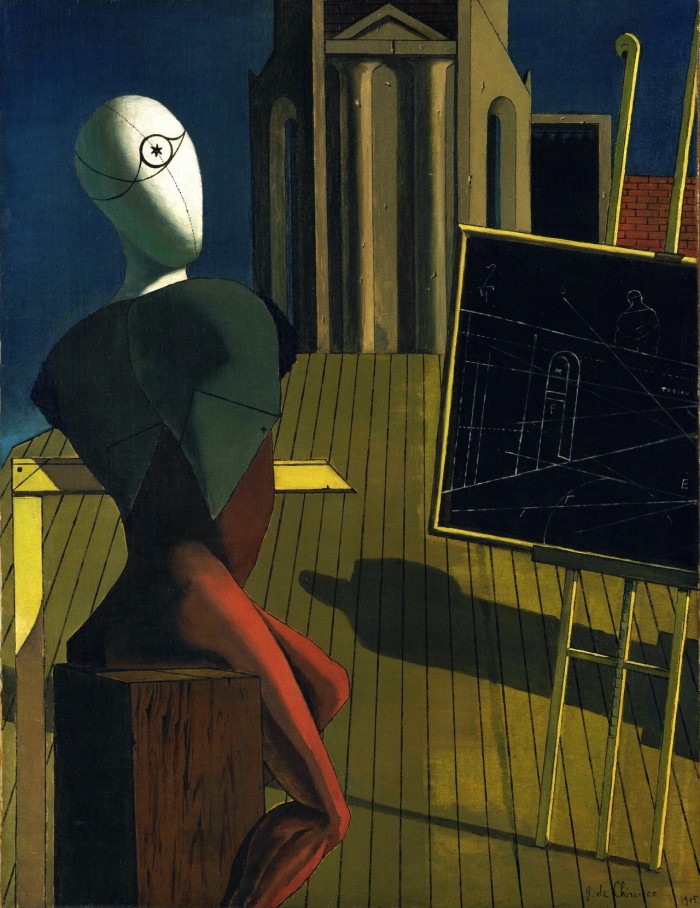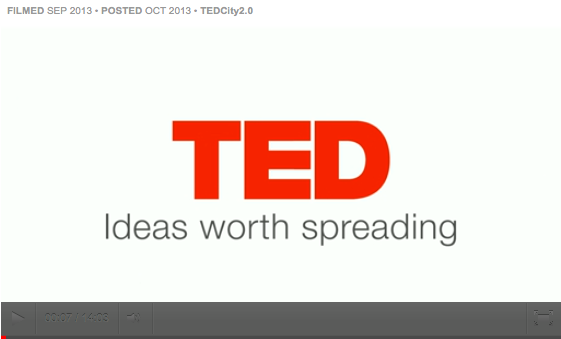
New York City Streets
Since 2007, when she was named commissioner of the city’s Department of Transportation, DOT’s urban transport programs have quickly and inexpensively remade the streets around the five boroughs of New York, creating pedestrian plazas and hundreds of miles of bike lanes, jump-starting Bus Rapid Transit and midwifing a bike-share program with 6,000 strategically placed bikes.
“You have to design your streets for everyone. The cities that have safe streets, that are easy to get around, are the ones that will grow and thrive in the 21st century,” Sadik-Khan told the TED Blog.
What inspired her bold slate of urban projects? She says: “We took pieces from lots of different cities to have the gorgeous mosaic that we have in New York.” So we asked: Which ones?
Sadik-Khan found inspiration for New York’s integrated bike lanes from Copenhagen’s urban bike paths. The Danish model incorporates bikes directly into the street, but protects bikers by floating parking lanes in the middle of traffic, creating a low-cost buffer zone that made it safer for bikers to move quickly around the city.
Copenhagen also has one of the earliest bike-share programs, which helped inspire the launch of Citi Bikes in New York this past summer. Sadik-Khan also cites Paris and London as powerful sources of inspiration. From Vélib, Paris’s six-year-old bike share program, she realized that New York’s Citi Bike program needed to be interconnected — that all of the stations needed to work in sync. In New York, like in Paris, users can return bikes to any docking station, and if one station is full, users will be directed to the nearest hub with available spaces. From London’s Barclays Cycle Hire, she got the idea for a privately funded project at no cost to taxpayers — and she also learned that flexibility would be key in New York, where the new bike-share stations are solar-powered and wireless and can be moved as demand changes. The idea of bike shares has spread rapidly from city to city — as of this week, you can rent a public bike in 525 cities around the globe.
At the same time, Bogotá’s Bus Rapid Transit system got Sadik-Khan thinking hard about how to best manage New York’s bus fleet, which is both the largest and slowest in the world. Bogotá got its buses moving by getting them out of congested city traffic and into speedier dedicated bus lanes. Inspired by the Colombian program, she introduced the Select Bus Service in 2008, using paint and lane markers to reallocate space on the streets to bus-only lanes. There are six Select Bus Service routes in New York now, with more planned.
In her talk, Sadik-Khan shares a bold idea for how to launch projects quickly and inexpensively — pilot them with temporary materials to test them out. In Times Square in May 2009, for instance, her team blocked off a brand-new pedestrian zone with “paint and orange barrels,” and filled the space with cheap lawn furniture from a local hardware store. “We were able to show how it worked,” she said. “If it worked better for traffic, if it worked better for mobility, if it was safer, better for business, we would keep it. And if it didn’t work, no harm, no foul — we could put it back the way it was, because these were temporary materials. That was a big part of the buy-in. Much less anxiety when you think something can be put back.” (Spoiler: The Times Square pedestrian zone was so beloved that the traffic-free zone was made permanent in February 2010.)

